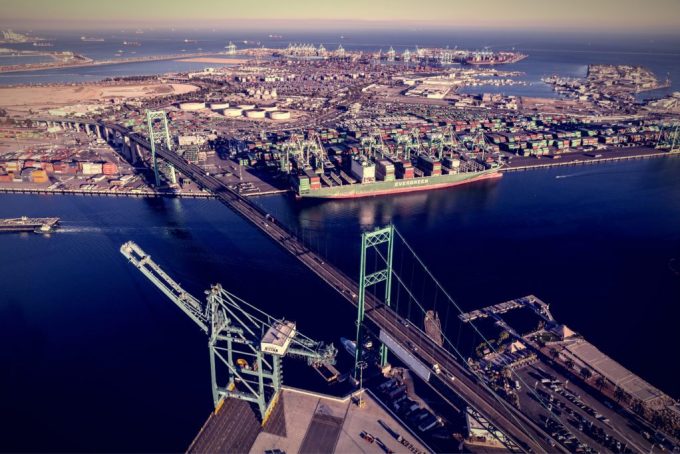Readying for Europe's earnings season – 'it's all about guidance'
And even that needs a bit of help…

The ports of Los Angeles and Long Beach are hardly rocking around the clock. Container terminal operators are sceptical that the measure can help whittle down the congestion on the docks as ships continue to pile up outside the harbour.
Alarmed by supply chain disruptions, the US government decided it had to make changes, a move that has been labelled an act to “save Christmas”, and the most tangible outcome so far on the marine side has been the decision to ...
Maersk u-turn as port congestion increases across Northern Europe
Apple logistics chief Gal Dayan quits to join forwarding group
Maersk Air Cargo sees volumes fall as it aims for 'margin in favour of revenue'
Airlines slash freighter capacity post-de minimis, but 'the worst is yet to come'
Houthis tell Trump they will end attacks on Red Sea shipping
Transpac rates hold firm as capacity is diverted to Asia-Europe lanes
MSC revamps east-west network as alliance strategies on blanking vary
India-Pakistan 'tit-for-tat' cargo ban sparks sudden supply chain shocks


Comment on this article